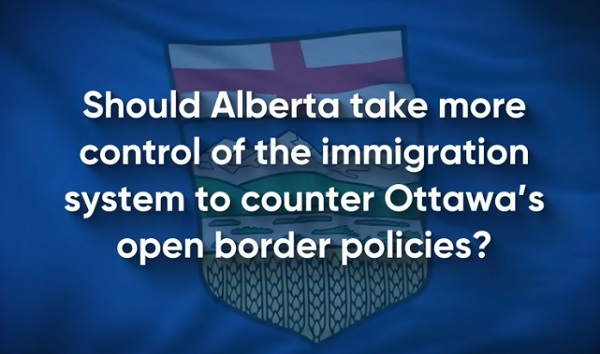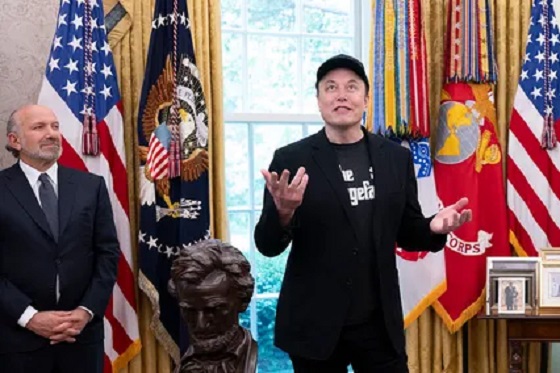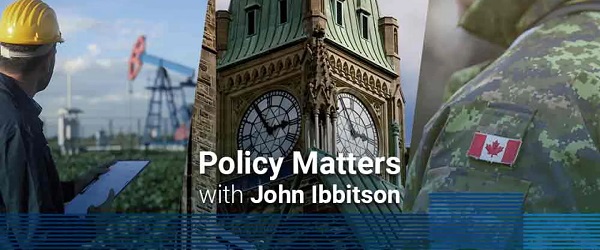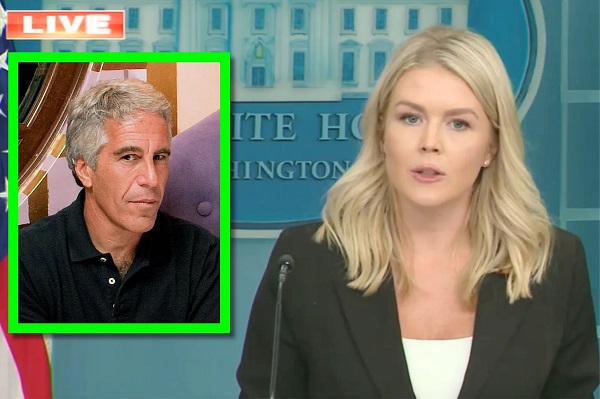armed forces
Trudeau pledges another $500 million to Ukraine as Canadian military suffers
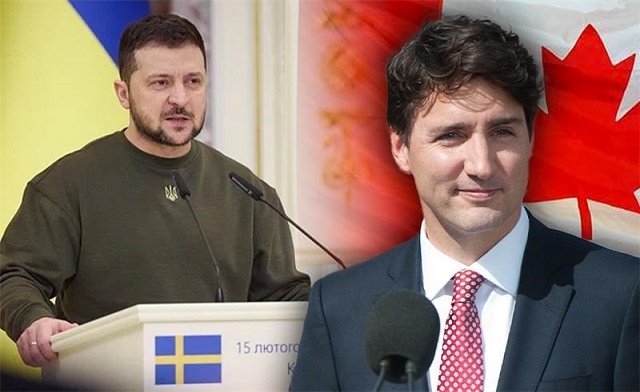
From LifeSiteNews
Despite the nation’s own armed forces grappling with an alarming recruitment crisis, Justin Trudeau and his government have poured over $13.3 billion into Ukraine.
More Canadians tax dollars are being sent overseas as Prime Minister Justin Trudeau has promised an additional $500 million in military aid to Ukraine.
During a July 10 meeting with Ukrainian President Volodymyr Zelensky, Trudeau announced that he would send another $500 million to Ukraine as it continues its war against Russia, despite an ongoing decline in Canada’s military recruitment.
“We’re happy to offer we’re announcing today $500 million more military aid this year for Ukraine, to help through this very difficult situation,” Trudeau said.
In addition to the $500 million, Canada will also provide much of Ukraine’s fighter jet pilot training as Ukraine receives its first F-16s.
Trudeau’s statement comes after Canada has been under fire for failing to meet NATO’s mandate that all members commit at least two percent of their gross domestic product (GDP) to the military alliance.
According to his 2024 budget, Trudeau plans to spend $8.1 billion over five years, starting in 2024-25, and $73.0 billion over 20 years on the Department of National Defence.
Interestingly, $8.1 billion divided equally over five years is $1,620,000 each year for the Canadian military. Therefore, Trudeau’s pledge of $500 million means he is spending just under a third on Ukraine compared to what he plans to spend on Canadians.
Indeed, Trudeau seems reluctant to spend money on the Canadian military, as evidenced when Canadian troops in Latvia were forced to purchase their own helmets and food when the Trudeau government failed to provide proper supplies.
Weeks later, Trudeau lectured the same troops on “climate change” and disinformation.
Last November, officials admitted that the nation’s military is shrinking to dangerously low numbers as Trudeau continues to push the LGBT agenda on Canadian soldiers. In addition to low recruitment, the military is struggling to retain soldiers.
However, at the same time, Trudeau readily sends Canadian tax dollars overseas to Ukraine. Since the Russia-Ukraine war began in 2022, Canada has given Ukraine over $13.3 billion, including $4 billion in direct military assistance.
In May, Trudeau’s office announced $3.02 billion in funding for Ukraine, including millions of taxpayer dollars to promote “gender-inclusive demining.”
Trudeau’s ongoing funding for Ukraine comes as many Canadians are struggling to pay for basics such as food, shelter, and heating. According to a recent government report, fast-rising food costs in Canada have led to many people feeling a sense of “hopelessness and desperation” with nowhere to turn for help.
armed forces
Canada’s Military Can’t Be Fixed With Cash Alone
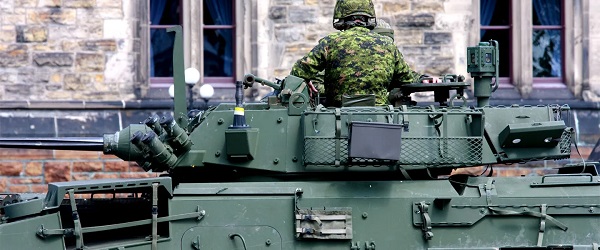
From the Frontier Centre for Public Policy
By Lt. Gen. (Ret.) Michel Maisonneuve
Canada’s military is broken, and unless Ottawa backs its spending with real reform, we’re just playing politics with national security
Prime Minister Mark Carney’s surprise pledge to meet NATO’s defence spending target is long overdue, but without real reform, leadership and a shift away from bureaucracy and social experimentation, it risks falling short of what the moment demands.
Canada committed in 2014 to spend two per cent of its gross national product on defence—a NATO target meant to ensure collective security and more equitable burden-sharing. We never made it past 1.37 per cent, drawing criticism from allies and, in my view, breaching our obligation. Now, the prime minister says we’ll hit the target by the end of fiscal year 2025-26. That’s welcome news, but it comes with serious challenges.
Reaching the two per cent was always possible. It just required political courage. The announced $9 billion in new defence spending shows intent, and Carney’s remarks about protecting Canadians are encouraging. But the reality is our military readiness is at a breaking point. With global instability rising—including conflicts in Ukraine and the Middle East—Canada’s ability to defend its territory or contribute meaningfully to NATO is under scrutiny. Less than half of our army vehicles, ships and aircraft are currently operational.
I’m told the Treasury Board has already approved the new funds, making this more than just political spin. Much of the money appears to be going where it’s most needed: personnel. Pay and benefit increases for serving members should help with retention, and bonuses for re-enlistment are reportedly being considered. Recruiting and civilian staffing will also get a boost, though I question adding more to an already bloated public service. Reserves and cadet programs weren’t mentioned but they also need attention.
Equipment upgrades are just as urgent. A new procurement agency is planned, overseen by a secretary of state—hopefully with members in uniform involved. In the meantime, accelerating existing projects is a good way to ensure the money flows quickly. Restocking ammunition is a priority. Buying Canadian and diversifying suppliers makes sense. The Business Council of Canada has signalled its support for a national defence industrial strategy. That’s encouraging, but none of it will matter without follow-through.
Infrastructure is also in dire shape. Bases, housing, training facilities and armouries are in disrepair. Rebuilding these will not only help operations but also improve recruitment and retention. So will improved training, including more sea days, flying hours and field operations.
All of this looks promising on paper, but if the Department of National Defence can’t spend funds effectively, it won’t matter. Around $1 billion a year typically lapses due to missing project staff and excessive bureaucracy. As one colleague warned, “implementation [of the program] … must occur as a whole-of-government activity, with trust-based partnerships across industry and academe, or else it will fail.”
The defence budget also remains discretionary. Unlike health transfers or old age security, which are legally entrenched, defence funding can be cut at will. That creates instability for military suppliers and risks turning long-term procurement into a political football. The new funds must be protected from short-term fiscal pressure and partisan meddling.
One more concern: culture. If Canada is serious about rebuilding its military, we must move past performative diversity policies and return to a warrior ethos. That means recruiting the best men and women based on merit, instilling discipline and honour, and giving them the tools to fight and, if necessary, make the ultimate sacrifice. The military must reflect Canadian values, but it is not a place for social experimentation or reduced standards.
Finally, the announcement came without a federal budget or fiscal roadmap. Canada’s deficits continue to grow. Taxpayers deserve transparency. What trade-offs will be required to fund this? If this plan is just a last-minute attempt to appease U.S. President Donald Trump ahead of the G7 or our NATO allies at next month’s summit, it won’t stand the test of time.
Canada has the resources, talent and standing to be a serious middle power. But only action—not announcements—will prove whether we truly intend to be one.
The NATO summit is over, and Canada was barely at the table. With global threats rising, Lt. Gen. (Ret.) Michel Maisonneuve joins David Leis to ask: How do we rebuild our national defence—and why does it matter to every Canadian? Because this isn’t just about security. It’s about our economy, our identity, and whether Canada remains sovereign—or becomes the 51st state.
Michel Maisonneuve is a retired lieutenant-general who served 45 years in uniform. He is a senior fellow at the Frontier Centre for Public Policy and author of In Defence of Canada: Reflections of a Patriot (2024).
armed forces
Mark Carney Thinks He’s Cinderella At The Ball
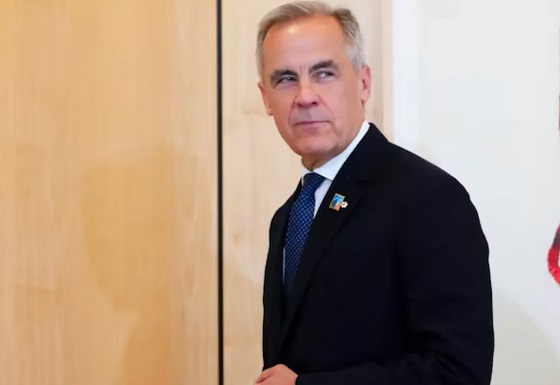
And we all pay when the dancing ends
How to explain Mark Carney’s obsession with Europe and his lack of attention to Canada’s economy and an actual budget?
Carney’s pirouette through NATO meetings, always in his custom-tailored navy blue power suits, carries the desperate whiff of an insecure, small-town outsider who has made it big but will always yearn for old-money credibility. Canada is too young a country, too dynamic and at times a bit too vulgar to claim equal status with Europe’s formerly magnificent and ancient cultures — now failed under the yoke of globalism.
Hysterical foreign policy, unchecked immigration, burgeoning censorship and massive income disparity have conquered much of the continent that many of us used to admire and were even somewhat intimidated by. But we’ve moved on. And yet Carney seems stuck, seeking approval and direction from modern Europe — a place where, for most countries, the glory days are long gone.
Carney’s irresponsible financial commitment to NATO is a reckless and unnecessary expenditure, given that many Canadians are hurting. But it allowed Carney to pick up another photo of himself glad-handing global elites to whom he just sold out his struggling citizens.
From the Globe and Mail
“Prime Minister Mark Carney has committed Canada to the biggest increase in military spending since the Second World War, part of a NATO pledge designed to address the threat of Russian expansionism and to keep Donald Trump from quitting the Western alliance.
Mr. Carney and the leaders of the 31 other member countries issued a joint statement Wednesday at The Hague saying they would raise defence-related spending to the equivalent of 5 per cent of their gross domestic product by 2035.
NATO Secretary-General Mark Rutte said the commitment means “European allies and Canada will do more of the heavy lifting” and take “greater responsibility for our shared security.”
For Canada, this will require spending an additional $50-billion to $90-billion a year – more than doubling the existing defence budget to between $110-billion and $150-billion by 2035, depending on how much the economy grows. This year Ottawa’s defence-related spending is due to top $62-billion.”
You’ll note that spending money we don’t have in order to keep President Trump happy is hardly an elbows up moment, especially given that the pledge followed Carney’s embarrassing interactions with Trump at the G7. I’m all for diplomacy but sick to my teeth of Carney’s two-faced approach to everything. There is no objective truth to anything our prime minister touches. Watch the first few minutes of the video below.

The portents are bad. This from the Globe:
We are poorer than we think. Canadians running their retirement numbers are shining light in the dark corners of household finances in this country. The sums leave many “anxious, fearful and sad about their finances,” according to a Healthcare of Ontario Pension Plan survey recently reported in these pages.
Fifty-two per cent of us worry a lot about our personal finances. Fifty per cent feel frustrated, 47 per cent feel emotionally drained and 43 per cent feel depressed. There is not one survey indicator to suggest Canadians have made financial progress in 2025 compared with 2024.
The video below is a basic “F”- you to Canadians from a Prime Minister who smirks and roles his eyes when questioned about his inept money management.
He did spill the beans to CNN with this unsettling revelation about the staggering numbers we are talking about:
Signing on to NATO’s new defence spending target could cost the federal treasury up to $150 billion a year, Prime Minister Mark Carney said Tuesday in advance of the Western military alliance’s annual summit.
The prime minister made the comments in an interview with CNN International.
“It is a lot of money,” Carney said.
This guy was a banker?
We are witnessing the political equivalent of a vain woman who blows her entire paycheque to look good for an aspirational event even though she can’t afford food or rent. Yes, she sparkled for a moment, but in reality her domaine is crumbling. All she has left are the photographs of her glittery night. Our Prime Minister is collecting his own album of power-proximity photos he can use to wallpaper over his failures as our economy collapses.
The glass slipper doesn’t fit.
Trish Wood is Critical is a reader-supported publication.
To receive new posts and support my work, consider becoming a free or paid subscriber.
Invite your friends and earn rewards
-

 National2 days ago
National2 days agoHow Long Will Mark Carney’s Post-Election Honeymoon Last? – Michelle Rempel Garner
-
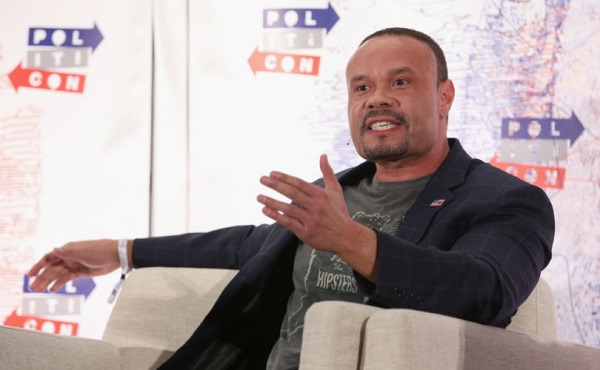
 espionage1 day ago
espionage1 day agoFBI’s Dan Bongino may resign after dispute about Epstein files with Pam Bondi
-
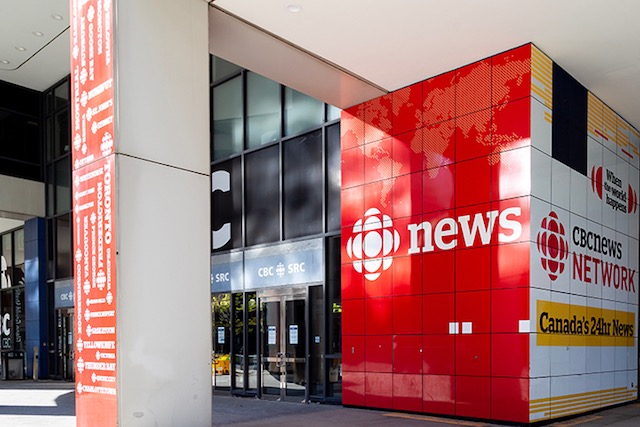
 Business2 days ago
Business2 days agoCBC six-figure salaries soar
-
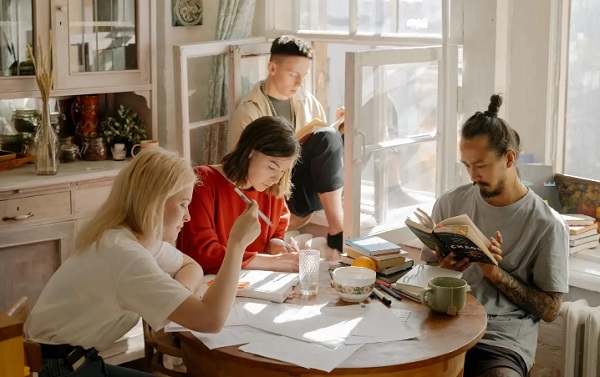
 Addictions2 days ago
Addictions2 days agoCan addiction be predicted—and prevented?
-
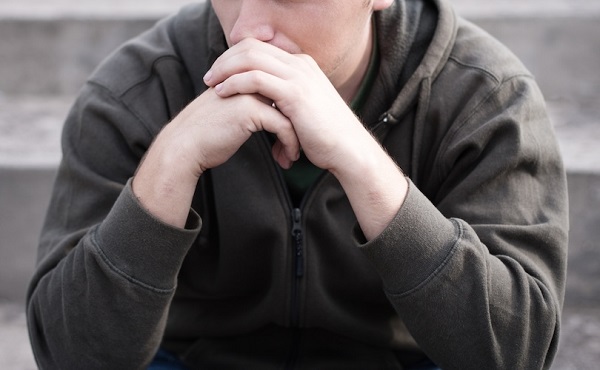
 Addictions2 days ago
Addictions2 days agoMore young men want to restrict pornography: survey
-
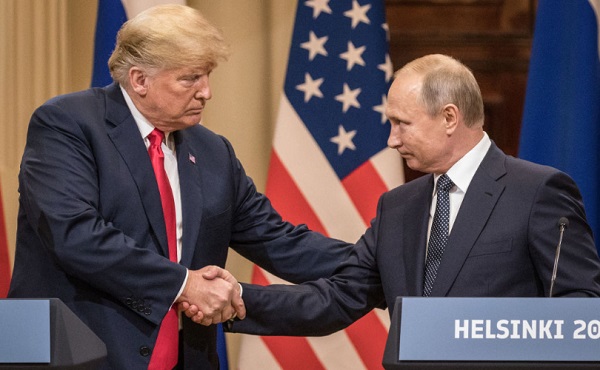
 International2 days ago
International2 days agoSupport for the Ukraine war continues because no one elected is actually in charge.
-
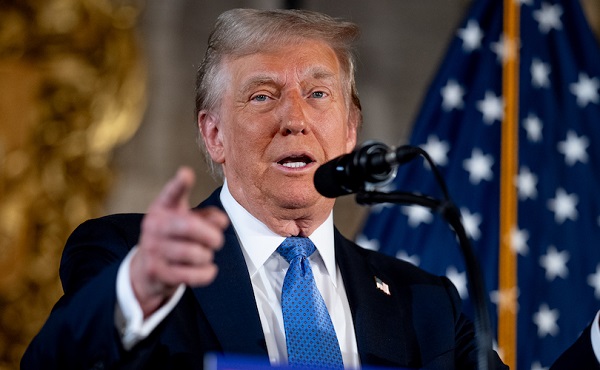
 Business2 days ago
Business2 days agoTrump slaps Brazil with tariffs over social media censorship
-
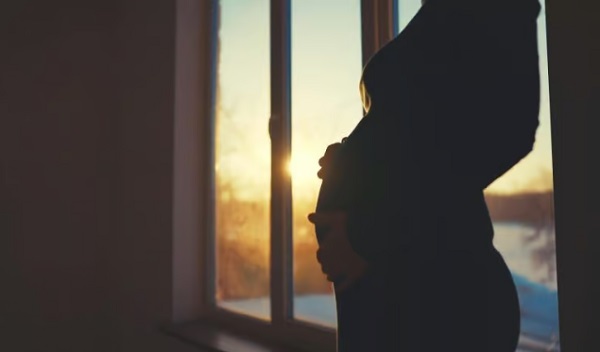
 Brownstone Institute2 days ago
Brownstone Institute2 days agoNet Zero: The Mystery of the Falling Fertility



